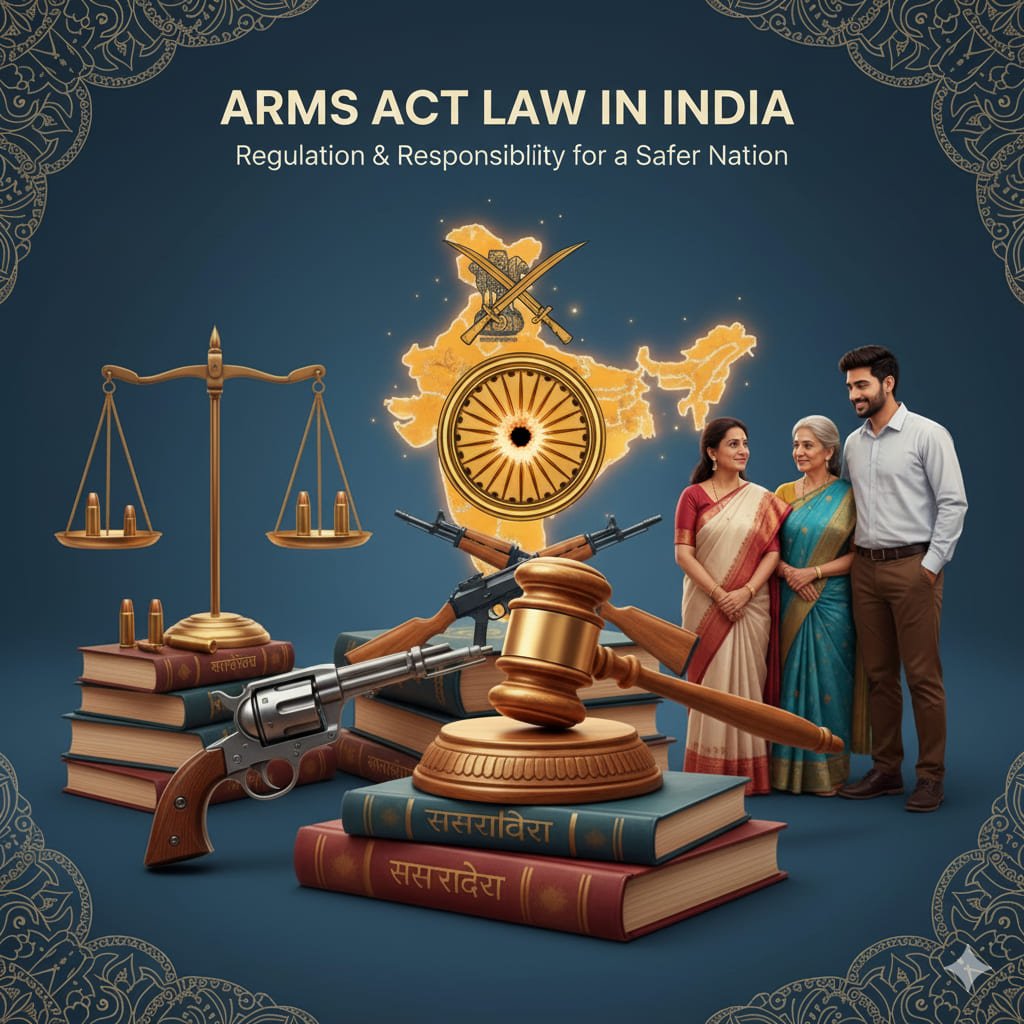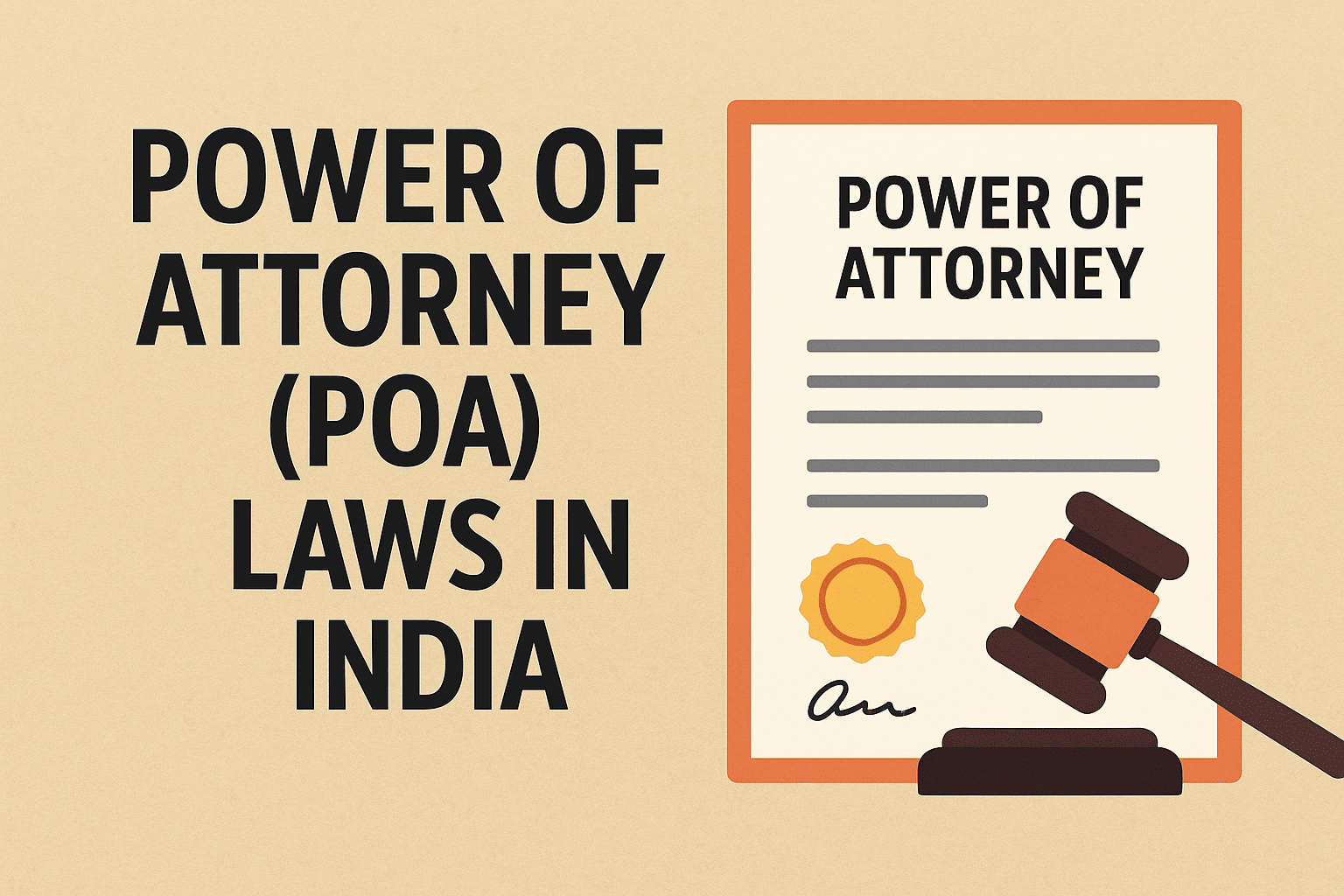It is a thought-provoking journey through the intricate world of law. Delving into the depths of landmark cases, this article navigates the complexities of legal matters with clarity and insight.
From constitutional dilemmas to ethical quandaries, each chapter unravels the intricate legal reasoning behind some of history’s most significant court decisions. Through meticulously examining questions and answers, readers gain a deeper understanding of the legal principles and their real-world implications.
Ques. 1: Based on your reading of the Compat order and the CCI’s order re DLF, what was the market share of DLF for section 19(4)(a) of the Competition Act, 2002?
Ans.: As per Para 12.56 (Page 188) of the CCI order, as well as according to the DG Report, the relevant market is the ‘high-end essential apartment, in Gurgaon and the market share of DLF among the companies operating in Gurgaon exceeds 55%, which is more than double of its nearest competitors Unitech (27% market share). This DG Report has been confirmed by COMPAT in its order under Para 86 (page 81).
Ques. 2: Why, according to you (and, please speculate if you need to), would Haryana Urban Development Authority and Directorate of Town and Country Planning, Haryana oppose (see, paragraph 33, page 24 of the Compat decision) the DG report?
Ans.: The Commission did examine the role of HUDA and DTCP of the Government of Haryana, but CCI had to stop before it investigated whether HUDA & DTCP had discharged their roles as per the law or not. In my opinion, it can be seen that these are agencies or authorities of the State Government whose role is limited merely to grant various approvals to builders/developers (DLF). Also, both of the above-mentioned state authorities didn’t provide any services of a commercial nature of the kind provided by the DLF group or its competitors. Thus their conduct does not come within the ambit of section 4 of the Competition Act, 2002. Therefore, it is because of the above-stated reason I am of the view that the Haryana Urban Development Authority and Directorate of Town and Country Planning, Haryana opposed the DG report.
Ques. 3: Should an agreement like the Apartment Buyer’s Agreement (ABA) be considered a ‘service’ in terms of section 2(u) of the Competition Act, 2002? Your answer/argument should take account of paragraphs 47 through 53 (pages 34 through 41) of the Compact decision.
Ans.: The issue pertains to the jurisdiction of CCI on this matter as contemplated in Para 52 (Page 42) of the COMPAT order. DLF had contended before CCI that the subject matter of the ABA was neither a sale of goods nor a sale of service and hence Section 4(2)(a)(ii) is not applicable. The term “service” as used in Section 4 is related to Section 2(u) that provides for the definition of service. As per Section 2(u) if a service is rendered in connection with “real state” or “construction”, then it will come within the fold of ‘service’ for Competition Act, 2002 and hence Section 4(2)(a)(ii) is applicable. Moreover, as per the agreement, every apartment unit was to be given to a particular employee only and the allottee had a say in the manner of construction. DLF was supposed to do construction as per the instructions given by the allottees and it was supposed to bring in the minor changes, including the interiors, etc. as instructed by the employees. On this, COMPAT upheld the decision of CCI and stated that had DLF not been a service provider, this would not have been the case. Hence there is a breach of Section 4 and therefore CCI has jurisdiction. But the allottee did not have a major role in the manner of construction and DLF was not bound to follow every instruction of the allottee. For instance, the allottee could not have asked to change the design, the manner of construction or the technique to be used in construction. This somewhere suggests that DLF cannot be said to be a service provider in its entirety, and this aspect needs to be looked into. Had the sale been made after the construction was over then it would not have amounted to a sale of service but rather a sale of an immovable property.
Ques. 4: In paragraph 66, page 51 of the Compat order, is it correct to state that “[n]o provision in the Competition Act permits the re-writing of the agreements”? Why, or why not?
Ans.: All the agreements that have been entered into before the amendment or law was enforced, prohibiting such agreements, are valid and cannot be said to have become void because the amendment never declared such agreements as illegal or void. If the agreements are valid till the date the amendment or the law has been enforced, then there is no point declaring them illegal or void, as it would amount to re-writing of such an agreement, which cannot be allowed as this has not been contemplated anywhere by the Act. Under Para 70 of its judgment, COMPAT disapproved the CCI’s order to rewrite the ABA and clearly stated that if the imposition is after 20th May 2009.
Ques. 5: In paragraph 66, page 52 of the Compat order, is the distinction drawn between “acts” and “clauses” by the Compat appropriate? Why, or why not?
Ans.: All the acts that are done in furtherance of an agreement, which were entered into before the amendment or the law, prohibiting such an agreement, was enforced are valid and cannot be questioned later after the enforcement of the Act. But after the law has been enforced, if a party wants to perform an act in furtherance of the agreement, which was entered into before the enforcement of this law, but making of such agreements has now been made illegal, it cannot be allowed to do such an act as now it is against the public policy. Any act done in furtherance of such an agreement that is against the Act, which is now in force, should not be allowed. If the performances of such acts are allowed, then the very purpose of the Act will fail. Each and everyone would claim the right to perform such acts on the ground of having been agreed upon before the Act came into force and the very objective of the Act will fail. But the agreement still holds good. Therefore COMPAT has stated that those “acts” can be challenged but not the agreement or its “clauses” itself. Bombay HC and COMPAT were right by not allowing enforcement of such acts, but the question that comes in is what is the point in leaving such agreements or the concerned clauses to be still valid if such clauses cannot be enforced i.e. if the obligations cannot be enforced. “There is no use of a food that exists but cannot be eaten”. This creates more trouble in the cases of executed contracts where one of the parties has performed its obligations and the other is still supposed to do that. And now the contract cannot be enforced now, nor it is held to be void, and ultimately leads to Unjust Enrichment of the other party, which is unfair and unjust
Ques. 6: In paragraph 70, pages 53-54, Compat states, “It must be remembered here that the complaint in the Kingfisher case was for breach of section 3 of the Act complaining of cartelization on the part of Kingfisher and Jet Airways and the subsequent effect of that agreement which would have created a dominant body and could have resulted in abusing its dominance”. Is the rationale behind the prohibition of cartels (possible) creation of a “dominant body”?
Ans.: In the case of Kingfisher Airlines Ltd. v. Competition Commission of India case, Kingfisher Airlines and Jet Airways agreed to fix prices and improve upon the services to the flyers. There was also an allegation of cartelization between the two Airlines based on which notice was issued to the two companies. Under Section 2 (c) of the Act, a cartel includes an association of producers, sellers, etc. who by agreement limit, control, or attempt to control the production, distribution, sales, trade in goods, or provision of service. As per Section 3(3) of the Act, the cartel is considered to be an anti-competitive agreement that shall be presumed to have an appreciable adverse effect on competition if they are related to price fixing or limiting/controlling supply, production, distribution, or share/allocation of resources/market or bid-rigging. Thus cartels are considered to be per se illegal. In Neeraj Malhotra v. Deutsche Post Bank CCI held that to establish a finding of infringement under Section 3(1) read with Section 3(3) of the Act, i.e. to establish a cartel, the agreement must be established unequivocally. In the Kingfisher case, a subsequent possibility would have been the abuse of dominance that was contemplated. The COMPAT rightly pointed out that it was the cartelization that was the objective between the two airlines. Therefore, as cartels are per se illegal, there is no need to prohibit them on an alleged possibility of an abuse of dominant position. The rationale behind the creation of a dominant position behind the prohibition of cartels is not a proper rationale. Cartels are collusive acts between firms to fix prices and limit/control sales, production, etc. The purpose is to eliminate competition and raise prices above competitive levels, resulting in high profits. For consumers, cartelization results in higher prices, poor quality, and fewer / no choices for goods and/or services. They are inherently harmful to the economy and extremely harmful to the consumers. Therefore it is considered to be causing appreciable adverse effects on competition.
Ques. 7: In paragraph 74, pages 57-58 of the Compat order, is it correct to state that “…only those agreements which are covered by section 3 of the Act and which are in contravention of section 3 of the Act can be ordered to be modified under section 27(d) of the Act”? Why, or why not?
Ans.: The power of CCI to modify agreements is vested in Section 27(d) of the Act. Section 27- Main Para consists of two parts: (i) Where after inquiry the Commission finds that any anti-competitive agreement is in contravention of section 3; and (ii) any action of an enterprise in a dominant position is in contravention of section 4 … The term “action” used in Section 27 – Main Para is concerned with contravention of Section 4. Therefore for exercising the power to modify an agreement under Section 27(d) the condition precedent as stated in the main Para of Section 27 is that the agreement must be an anti-competitive agreement in contravention of Section 3 and only such “agreements” can be modified. CCI has the power to modify only anti-competitive agreements that it finds, after an inquiry, to be in contravention of Section 3.
Ques. 8: Paragraph 74, page 58 of the Compat decision states: “The initial wording means that the opening words of section 27 of the Act refer to (i) the contravention of section 3 by an agreement; and (ii) action of the enterprise in a dominant position. In the present case, we would have to read the first part of section 27 of the Act starting from the words ‘where after’ and ending with the words ‘section 3’ along with the clause ‘is in contravention of section 3’. The subsequent part of section 27 of the Act starting with the words ‘or action of enterprise in a dominant position’ would have to be made applicable to section 4 of the Act and that is not possible in the present case, as the agreements are in 2006/2007.” Is this correct? Why or why not?
Ans.: The phrase “would have to be made applicable to Section 4 of the Act and that is not possible in the present case, as the agreements are in 2006/2007” has been used concerning Section 4, but Section 4 does not deal with “agreements”, which is used in respect to Section 3 here. However, it is justified to use this phrase as, for the application of Section 4 the said action (imposition) must have been done after 20th May 2009 and not before. The ABAs in issue were executed much before the amendment came, in 2006/2007, hence there is no question of Section 4 here as Section 4 was not even in existence at that time.
Ques. 9: Paragraph 74, page 59 of the Compat order states, “The learned counsel on behalf of the buyers/allottees urged that the CCI could pass such other order or issue such directions as it may deem fit under section 27(g) of the Act. We do not think that for modification of the agreements, as has been ordered by the CCI, this clause can be made available.” Is this correct? Why or why not?
Ans.: Section 27(d) expressly provides for the power of CCI to modify anti[1]competitive agreements that are in contravention of Section 3. It is a general rule of interpretation that when a power has been conferred under a specific provision provided for that purpose, then that power should be exercised under the same provision only and not under other general provisions, especially not under a provision conferring residuary powers. Therefore in this case it would not be proper for the CCI to exercise its power to modify specific non[1]competitive agreements under Section 27(g), a residuary clause, when that power has already been conferred to it under Section 27(d). Section 27(g) can be invoked only when CCI needs to take some action and it cannot find any express power in that regard in Section 27(a) to (f), but not otherwise.
Ques.10: Paragraph 84, page 72 of the Compat order states, “Shri Gaggar questioned the correctness of SSNIP test and its ultimate reliability. He argued very seriously that it has no more remained the relevant test and European courts have almost abandoned the same”. Is this argument correct? Why or why not?
Ans.: The small but Significant Non-transitory Increase in Price (SSNIP) Test is an instrument used to define the relevant market for assessing the impact on competition, of any merger. The concept of (the SSNIP) Test was for the first time expressed, in 1959. It is also known, sometimes, as a 5-10 percent test, as a Small but Significant Non-transitory Increase in Price (SSNIP) is taken to be either 5 percent or 10 percent. The objective of this test is to determine, in as much scientific and systematic way as possible, identify and define the boundaries of competition between firms. The European Commission has also endorsed the SSNIP test as a method for market definition by including this test in its notice for mergers in the relevant market definition. This test is a means for defining relevant product markets and not an end in itself. Competition Commission, UK states that the SSNIP test is not an end in itself, but a framework within which to analyze the effects of a merger on competition. This test does not provide any assistance as to which product should be added to the SSNIP candidate market and in which order. The possibilities of most products/ services and their classification would depend on how their characteristics are either compared or differentiated. Therefore, to say that the SSNIP test should be scientific would be incorrect. Assessment of the characteristics of the product is going to play an important role. Out of the available possibilities, this is a reasonably good systematic method and has survived nearly a quarter of a century. Thus the SSNIP test is indeed a helpful tool in arriving at the definition of relevant product market. In the absence of the test being suggested around 1959 or even before it became popular- also relevant product markets were being defined. However, these would, naturally, be by an intuitive process. The use of the SSNIP test has provided a framework for systematically arriving at the definition of “relevant product market”. It does not mean that competition law did not exist before SSNIP emerged on the scene. It did. The only difference it made was that of adding one more tool in the tool kit of a competition law analyst. Therefore SSNIP should be accepted as it is a helpful tool and not a “be all and end all” in competition law assessment. Therefore the opinion of the counsel, in Para 84, made before COMPAT concerning the abandonment of the SSNIP Test by the Europeans does not appear to be proper. But it would be correct to say that it is not the only test to determine the relevant market of an enterprise.
Ques. 11: Paragraph 88, pages 78-79 of the Compat order quoting the CCI observation states: “It is the overall size and resources of an enterprise or the overall importance of a competitor that has to be compared to see the comparative position of strength and not the limited manifestation of that strength in a particular product or geographic market”. (Emphasis supplied). Is the above reading of section 19(4)(b) and (c) correct? Why or why not?
Ans.: Section 19(4) uses the term “while inquiring whether an enterprise enjoys a dominant position or not … have due regard to all or any of the following factors”. Hence ‘market share’ cannot always be the sole criterion for determining the dominant position of an enterprise. The Act intends to include many other factors as well for this purpose. Therefore, CCI can move beyond market structure and look into other factors, like the entire size and resources of the concerned enterprise, the size and importance of competitors, etc., without restricting to a specific product or a limited geographical market. Hence CCI examined many other factors, for instance, it looked into DLF’s sister companies and its competitors like Unitech, etc. Moreover, Section 19(4)(m) uses the term “any other factor which the Commission may consider relevant for the inquiry”. This gives wide discretion to CCI to consider any other factor in determining whether an enterprise enjoys dominance or not. The purpose is to determine whether an enterprise enjoys a dominant position in the market or not, and for that purpose, CCI should take into consideration any or all reasonable factors.
Ques. 12: Paragraph 90, page 80 of the Compat order quotes DG report’s reliance upon “market capitalization” figures. In your view, would market capitalization figures be relevant for the assessment of the “dominant position” in terms of competition law? Why, or why not?
Ans.: It is a well-settled proposition that before analyzing whether an enterprise has abused its dominant position, it is important to first assess whether the firm is dominant in the relevant market or not. Only if it is in the dominant position does the abuse case come in. Dominance has been said to be a position of strength enjoyed by an enterprise in a relevant market that enables it to operate independently of the competitive forces prevailing in the dominant market or affect its consumers or competitors or the relevant market in its favor. In the Competition Act, there are no defined criteria that can determine dominance in the market. The MRTP Act contained a 25% benchmark for a firm to be called dominant but the same was removed on the transformation to the Competition Act. The Act, however, enumerates the various aspects, which the Commission has to look into while assessing dominance. The Commission in its order in Poonam Gupta v. Unitech Ltd.(Case No. 04/2012) along with Rohit Gupta v. Unitech Ltd. (Case No. 05/2012) was of the view that “ for an enterprise that has a presence throughout the country, a high Market Capitalisation cannot be an indicator to determine its dominance in a particular market since it may have little or no operations in that particular market.” Thus, a high market share of a firm is not a factor to conclusively determine that a firm is dominant. It has to be seen in the light of the market shares of the competitors in the relevant market. However, if the rest of the market is divided among key rivals, the doubt of dominance will be reduced. [AKZO Chemie v. Commission (1993) 5 CMLR 215] Market Capitalization could be one of the major factors for determining the dominant position of an enterprise. But it cannot be said to be the sole criteria for determining that.
Ques. 13: Paragraph 93, page 85 of the Compat order states “We find good reasons have been given for preferring the report of CMIE and we agree with the same”. What are these “good reasons”? Do you agree? Why or why not?
Ans.: In Para 12.53 of the CCI order, CCI observed that CMIE is an independent economic research and analysis organization, a considerable part of whose database and analysis are available in the public domain. The CCI (Para 86 of the COMPAT Order) also viewed the data collected by the DG as objective and unbiased, wherein the DG relied on CMIE data that was found to be objective and taken from the public domain. Further, the commission was of the view, that the CMIE data is extensively used and preferred by many corporate and some Government agencies for analytical purposes. Thus, the Commission preferred the CMIE data to the data provided by the JLL report commissioned by the Appellant. The DG report shows that market share calculated based on data from CMIE applied to all companies operating all over India and the same data established that the Appellant had the highest market share which was not even comparable to the nearest competitor which was much below. (Para 86 – COMPAT order) Therefore, in the light of the above reasons provided the commission chose to rely on CMIE data to conclude that the Appellant had a dominant position in the relevant market at least in terms of Section 19(4) (a) of the Act as it was of the view that the CMIE data being most reliable (Para 88 – COMPAT Order). CCI has fairly and appropriately adjudicated its claim based on the survey done by a non-governmental and independent organization. It was collected on a national level and was supposedly free from any bias. This seems to be just, fair, and reasonable.
Ques. 14: Paragraph 121, page 125 of the Compat order states, “In our opinion such unauthorized construction after the advent of section 4 on the legal anvil also amount to the abuse of dominance by the Appellant, as what was being offered by the Appellant to the allottees was a piece of illegal and unauthorized construction, which amounts to imposing unfair conditions against the wishes of the consumer (buyers/allottees in this case”. We cannot imagine as to what would have happened had the approvals not come in the year 2009 by which time, the 29 floors of the Belaire residential housing scheme were already over. Unfortunately, this aspect was not taken into consideration by the CCI, which it was bound to consider.” (Emphasis supplied). In your opinion, was the CCI “bound” to consider this aspect? Why or why not?
Ans.: The ABA authorizes DLF to do additional construction and increase the number of floors, this imposition of additional construction without intimating and obtaining consent from the allottees and acquiring prior approval from the requisite authorities amounted to an abuse of the dominant position by DLF, as DLF was well aware of the fact that the allottees had no other option but to accept it. Ignorance of such a fact by CCI has led to a huge detriment to the interests of the allottees (consumers), which fails the very objective of the Competition Act. Moreover, section 18 of the Act, imposes a mandatory duty upon CCI to protect the interests of the consumers. A glimpse of such an obligation can also be seen in section 19(4) (m), which makes it mandatory for the CCI, while conducting an inquiry for determining the dominant position, to consider any other factor which it thinks to be relevant for the inquiry. Hence, ignorance of such a relevant fact, as stated above seems to be in contravention of this provision of the Act. It seems that the CCI, and also COMPAT, are duty-bound to take into consideration the relevant factors which are of huge consumer importance.
Ques. 15: Paragraph 125, page 128 states, “Competition law must be read in the light of the philosophy of the Constitution of India, which has concern for the consumers”. Do you agree? Why, or why not?
Ans.: Section 4(2)(a), on the lines of Article 14 of the Constitution of India, encompasses within itself the principle of non-discrimination and prohibits unfair or unjust practices. It prohibits unfair or discriminatory imposition of conditions or levying of charges in the purchase or sale of goods or services. The COMPAT is of the view that this is not a fight between individuals. The allottees are not left with any option but to become a silent and helpless spectator or to quit that will cause them a huge financial loss, no matter how much rich he is. This is an abuse of dominant position under Section 4(2)(a)(i) of the Act. Therefore, Competition law, in this regard, must be read in light of the Constitutional principles and the enshrined principles of non[1]discrimination, non-arbitrariness, and principles of natural justice. But it should not be given such a broad interpretation that its very purpose fails.
Ques. 16: Could the CCI, in terms of the Competition Act, 2002, pass the “supplementary order” referred to in paragraph 128, page 139 of the Compat order? Why or why not?
Ans.: Under Section 27 of the Act, CCI is empowered to pass supplementary orders, according to the language of the said section if the commission after an inquiry finds that any anti-competitive agreement referred to in Section 3 is in contravention of Section 3, or any action of an enterprise in a dominant position is in contravention of section 3 or section 4, pass such other order or issue such directions as it may deem fit. Therefore, CCI is entitled to pass appropriate orders against DLF, under sections 27 (a) and (g) since the findings of the DG and the Commission showed a violation of section 4 of the Act by DLF, thus those provisions of section 27 could be applied which pertained to abuse of dominance. Thus, the Commission could pass orders under all or any of the provisions contained in sections 27(a), 27 (b), 27 (e), and 27(g).
Join us at Patrons Legal for an illuminating exploration of questions and answers from landmark cases that have shaped our legal landscape. From groundbreaking precedents to intricate legal debates, our team of experienced and top civil lawyers in Delhi dissects the complexities of these cases, offering insights and perspectives that delve deep into the heart of the law.








Leave a Reply